A journey to visit 10 long-standing businesses
published on 11.01.22
Starting a business is risky, but keeping a business operational for centuries would seem completely impossible. We propose to take you on a journey, worldwide, to look for businesses that have been able to adapt enough to resist the inexorable passage of time. There are many of them, all over the world, but here we present only a small selection of them − 10 examples of business success which intrigued us because of their histories, their traditions, their ability to adapt, their management and their strategies. A Top 10 which defy the passage of the centuries.
HOTEL NISHIYAMA ONSEN KEIUNKAN (Japan)
Excelling in service to guests
Established in the year 705
Imagine a hotel that has been run by the same family for 52 generations, and in which historical figures from every era have stayed. Founded in the heart of Japan in the year 705, this hotel took its name from the Keian era, in which it opened. It was established near several natural hot springs, enabling its guests to enjoy six thermal baths (onsen, in Japanese) – four exterior and two interior. The service is impeccable, and the installations have been modernised without losing anything of their essence or the tradition. The price of a double room is approximately 500 euros per night.
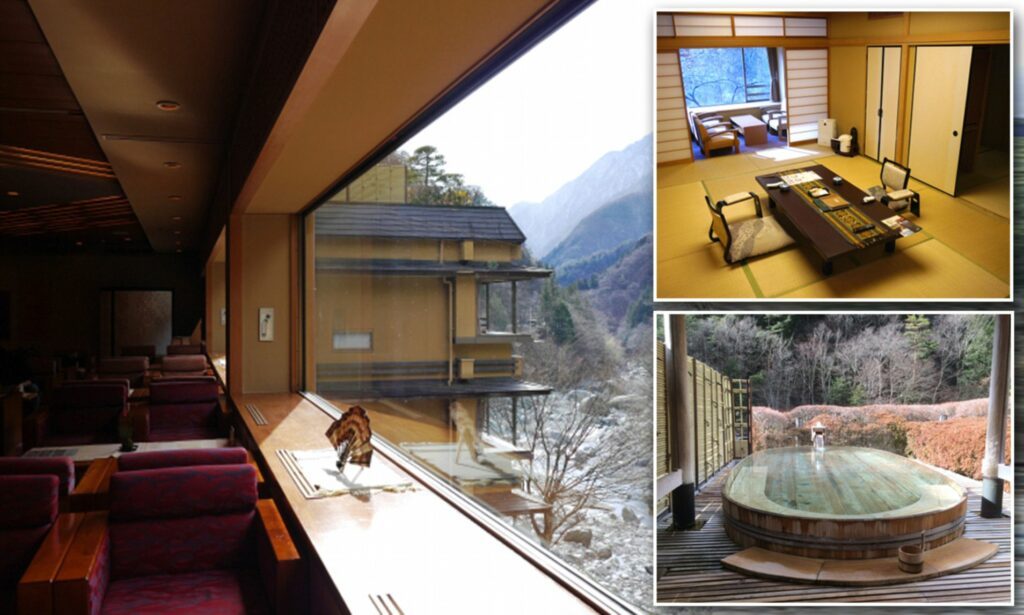
For more information: www.keiunkan.co.jp/en
THE ST. PETER STIFTSKELLER RESTAURANT (Austria)
Mozart came here
Established in the year 803
Are you thinking of opening a restaurant? It is often said that the main reason for the failure of many entrepreneurs in this sector is a lack of knowledge about how it functions. That was not the case at the Austrian Stiftskeller, which was founded in the year 803, in St. Peter’s Abbey, Salzburg. The first person to mention it was Alcuin of York, who in the time of Charlemagne was described as “the most learned man in the world”. Thousands of diners, including such illustrious figures as Christopher Columbus and W.A. Mozart, have sat at its tables. It is true that the Stiftskeller closed at different moments in its history, as when it was converted into barracks for Napoleonic troops, but it never failed to re-open. Today, it serves the best of the local Austrian gastronomy, combined with a modern touch.
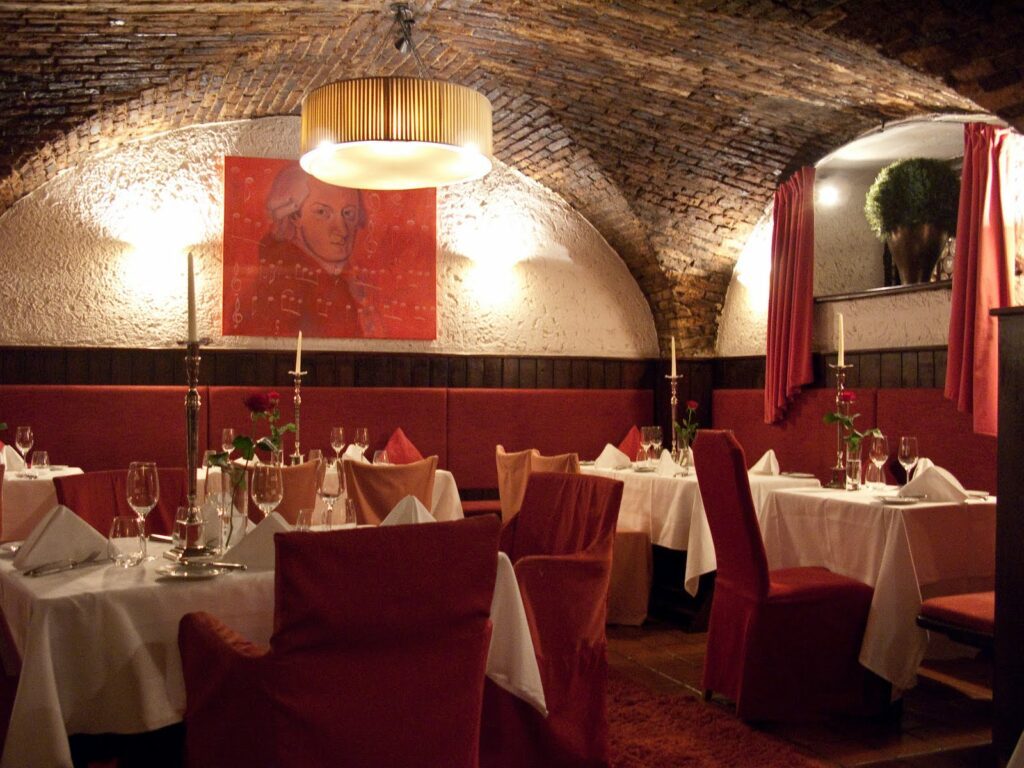
For more information: www.stpeter.at/en
SEAN’S BAR (Ireland)
Starting up with the perfect combination
Established in the year 900
Having a magnificent location, having a good product, offering excellent service and knowing how to manage a successful business decade after decade. These characteristics, crucial to a successful undertaking, are found in Europe’s oldest pub, Sean’s Bar in Ireland, more precisely in Athlone, on the west bank of the River Shannon. We know that it dates back to the 10th century because records have been kept showing the names of every single owner of this establishment. Further proof was provided when, during improvement work that was completed 50 years ago, old coins were found as well as the original walls of vegetable fibre and wickerwork, a technique that was used 11 centuries ago.

For more information: www.seansbar.ie
THE WEIHENSTEPHAN BREWERY (Germany)
A product as a symbol of a country
Established in the year 1040
It is interesting to learn how one of the first Christian communities in Bavaria laid the foundations of an age-old business. There are records of hop-growing, which is connected with the preparation of beer, on the land adjacent to the Benedictine monastery. Naturally, it must have been originally intended for the monks’ own consumption. Officially, however, the brewery was founded in 1040, when the abbot obtained the licence to sell the precious golden liquor. During the centuries that followed, the monks suffered plagues, fires, wars and even an earthquake, but despite all of that, their tenacity enabled them to keep the brewery in operation. Even when the community was suppressed, in 1803, the brewery continued to function, in the hands of the Bavarian Government. Today, its beer is considered one of the best in the world.

For more information: https://www.weihenstephaner.de/en/
BANCO MONTE DEI PASCHI (Italy)
The fisrt financing for entrepeneurs
Established in the year 1472
Seeking finance with which to start your own business is fundamental, and this history of entrepreneurs can be related to the emergence of the first banks. Lending money is a business which started a very long time ago, in the period between the Middle Ages and the Modern Age, and more precisely in Renaissance Italy, where more capital was moved than in any other part of Europe. The first banks appeared, but only the nobility had access to loans. However, for the poor merchants who wanted to prosper, and who needed finance to start up or strengthen their businesses, the Franciscan monks designed a non-profit-making bank called Monte di Pietà, which quickly became successful, opening branches throughout the territory. Since 1472, when the first Monte di Pietà opened (in Siena), the bank has survived wars, the unification of Italy and the rise of fascism, and has become that country’s third largest bank, with more than 26,000 employees, 2,000 branches and more than five million customers.

For more information: www.mps.it
FARMACIA PADRELL (Spain)
The spirit of resilience
Established in the year of 1561
Are you studying in Barcelona? Come and visit it. As soon as you cross its threshold, you will be spellbound by its magnificent modernist décor. The Farmacia Padrell was originally situated in the Barcelona district of La Ribera, but that area was completely destroyed in the siege of 1714. So the owners transferred the business to its present address, in a commercial area of that period, close to the doctors’ street and a few streets away from the site of the future Palau de la Música Catalana. Later, in 1894, they decided to redesign the premises, adopting the most prominent style of that time: modernism. And although this business has changed hands over the years, the window panes and the ornaments are still breathtaking.
For more information: https://www.barcelonarutas.com/farmacia-pradell/
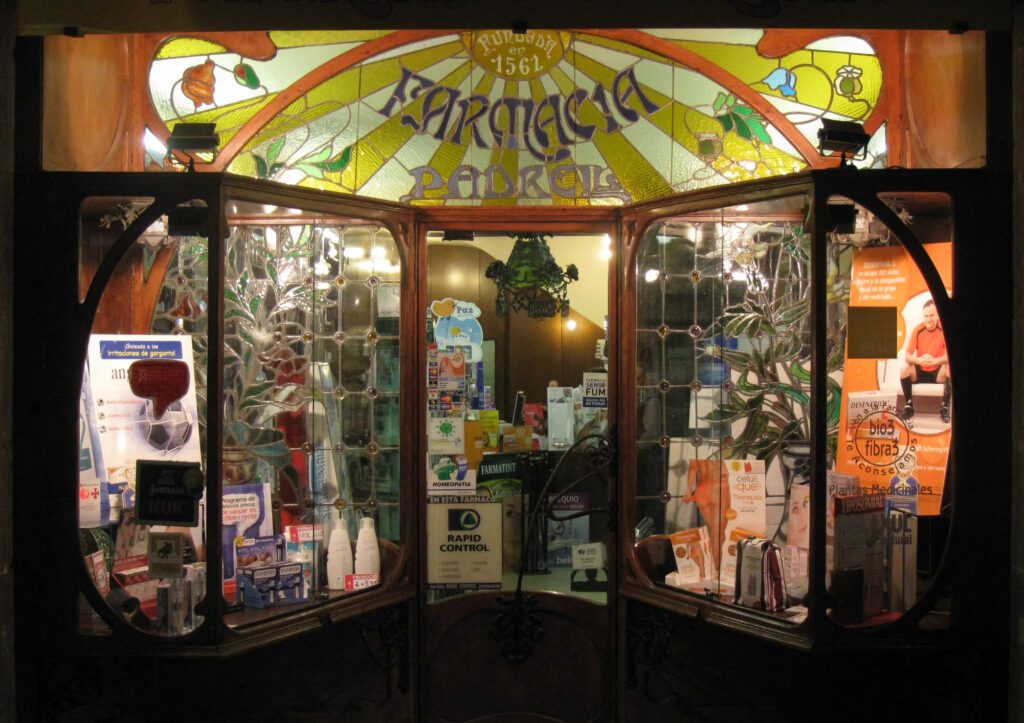
For more information: https://www.barcelonarutas.com/farmacia-pradell/
BAKKEN PARK (Denmark)
Adapting to the new times
Established in the year 1583
This is an example of a pioneering business which has been able to adapt to new fashions. Although, four centuries ago, there were no roller coasters and no big wheels, funfairs did exist. Many of them disappeared, but the one in Bakken, Denmark, has survived ever since its inauguration in 1583. Its peculiarity at its outset consisted of its thermal waters, which were supposed to have curative powers. In the seventeenth century, on the initiative of King Frederik III, Bakken kept various species of animals, but the era of splendour was in the nineteenth century. The advent of, first, steam and subsequently electricity allowed the development of mechanical attractions in increasing numbers. And ever since then, the funfair has continued in operation, renewing itself and devising new attractions with which to amaze its visitors.
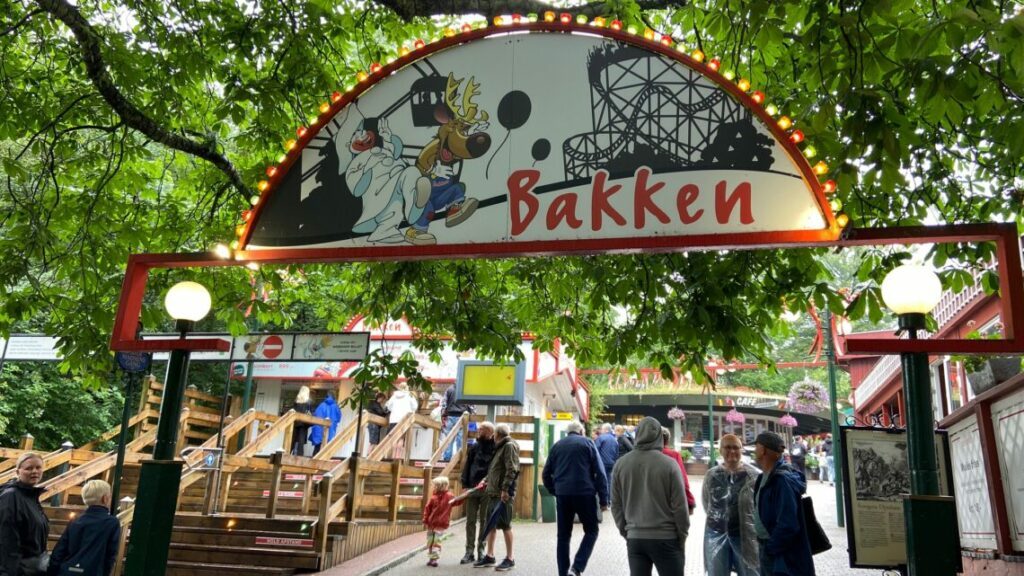
For more information: www.bakken.dk
CAMBRIDGE UNIVERSITY PRESS (England)
Breaking up the monopoly
Established in the year 1584
Everything began in 1534, when King Henry VIII of England granted London’s Cambridge University a royal licence to print “any type of book”. However, the English Printers’ Guild, which had a strong monopoly of the sector, did not allow the University to publish any volume until 50 years later. The first work printed by the Cambridge University Press was ‘Two treatises of the Lord his holie Supper’. Shortly afterwards, it published ‘The Holy Bible’, which was a great success in terms of sales, and since then it has worked with some of the most influential thinkers and scientists in the history of humanity, including Milton, Newton, Darwin, Einstein, Rutherford and Hawking, who published their works and their scientific discoveries. In the course of the past 150 years, what was once the University’s printing press has become a lucrative worldwide business with more than 10,000 titles, as well as an example of a successful business which is studied in business schools all over the world.
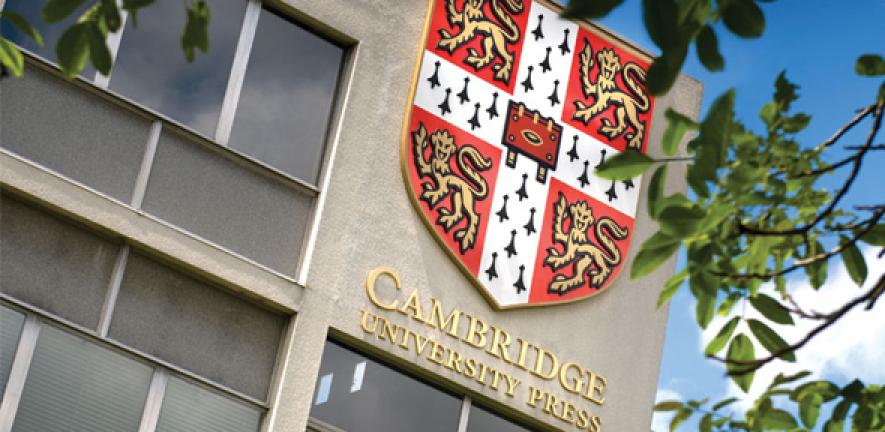
For more information: www.cambridge.org
FARMACIA SANTA MARIA NOVELLA (Italy)
The health tourism business
Established in the year 1612
For centuries, the Dominican friars of Florence had extensive knowledge of herbalism. They grew their own healing herbs in the kitchen garden, and had a small pharmacy for private use. As Dominicans take the vow of poverty, they did not begin to market their medicines until 400 years later, in 1612, when the fame of their remedies brought visitors and pilgrims from all over the known world. Today, visitors arriving to gaze at the magnificent Renaissance basilica of Santa Maria Novella can buy, as souvenirs, potions of the kind that were being sold four centuries ago.
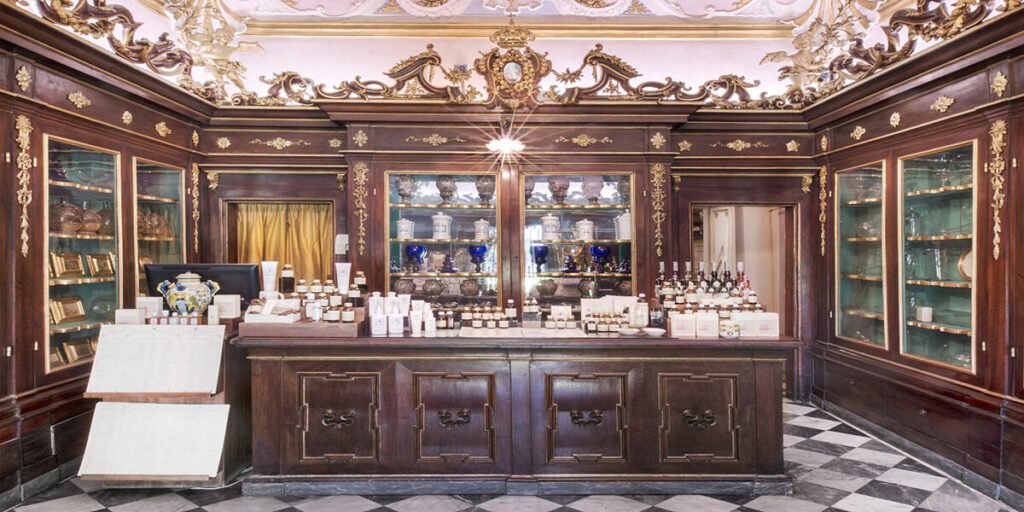
For more information: www.smnovella.it
ZILDJIAN CYMBALS (Turkey and the U.S.A.)
The adaptation of a product to new markets
Established in the year 1618
In 1618, Avedis, an Armenian entrepreneur who lived in Constantinople, tried to produce gold by mixing tin, copper and silver. Logically, the alloy which he obtained was not the precious golden metal, but he soon realized that it could also make him rich. When he struck it, not only did it not break, it also produced an impressive, deep sound. His cymbals would be used by the Ottoman army to frighten the enemy during battle. They would also be used to send out calls to prayer, and as a musical instrument in royal weddings and select banquets. His descendants continued making the precious alloy in Turkey until 1929, when the business was transferred to the Unites States, where it continues in strong activity. Today, the Zildjan company manufactures cymbals, drumsticks and drums which are highly reputed in that sector. But the formula for the alloy is still a secret that is handed down from generation to generation.
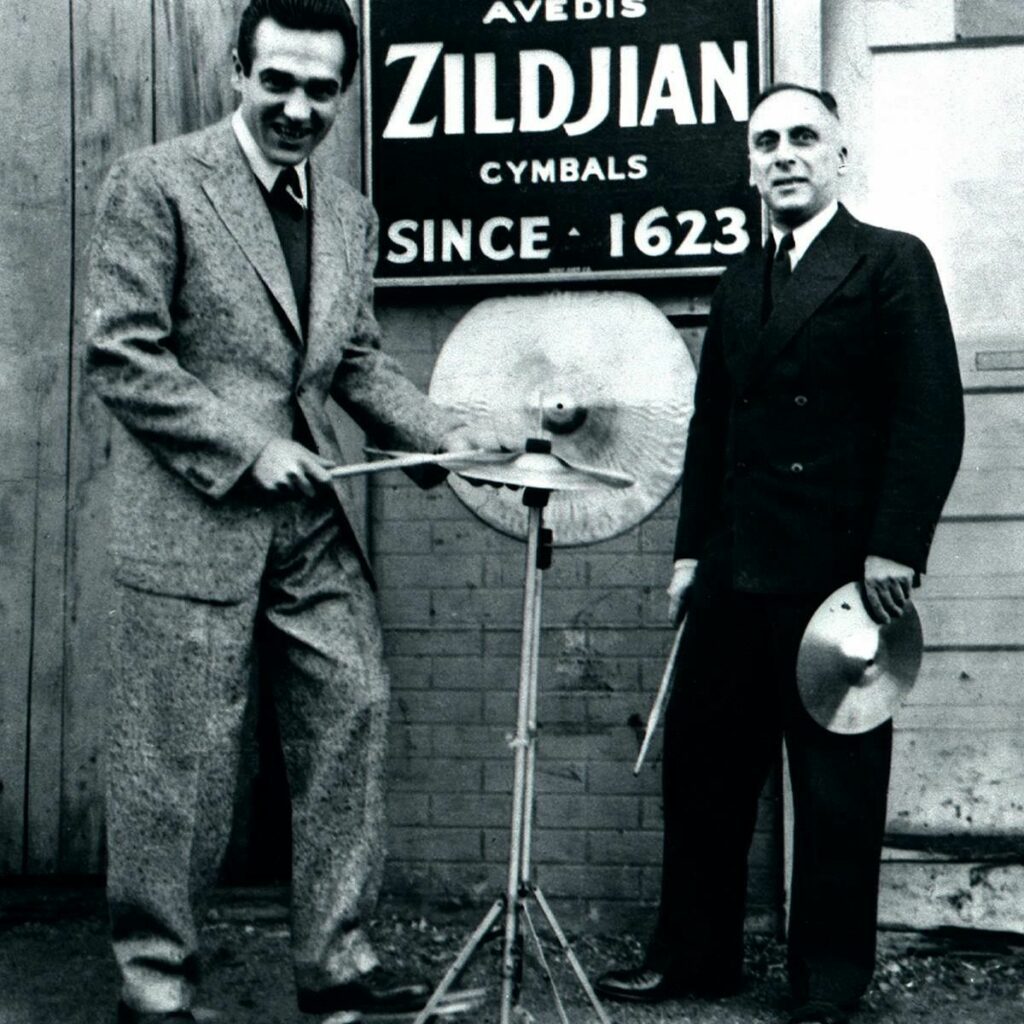
For more information: https://zildjian.com/
Author: Joan Margarit, Marketing and Communication analyst
Learn more about our Bachelor in Management here:
